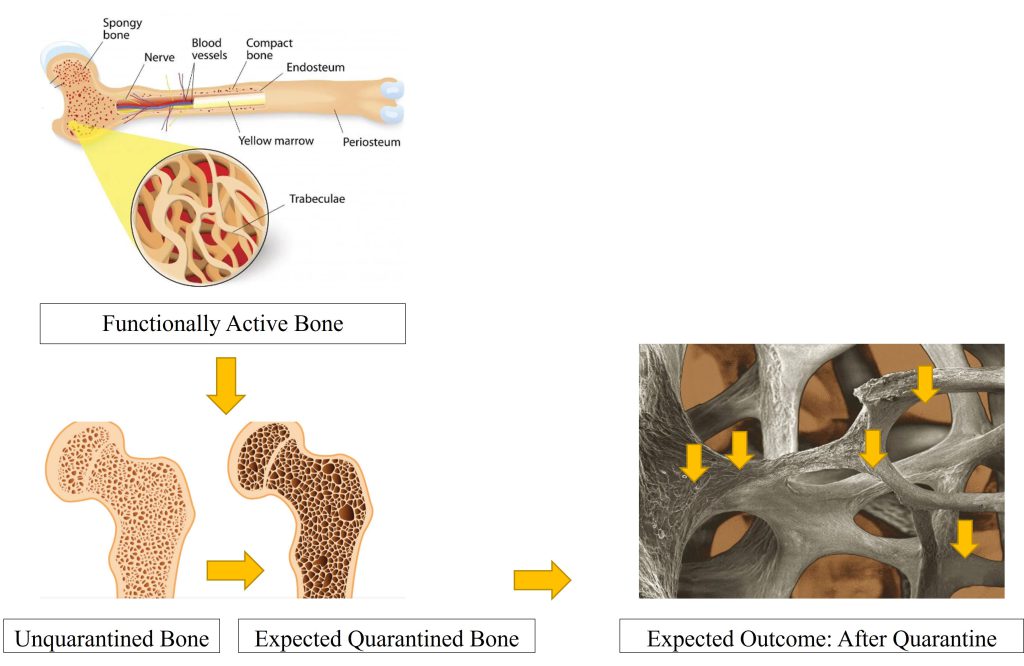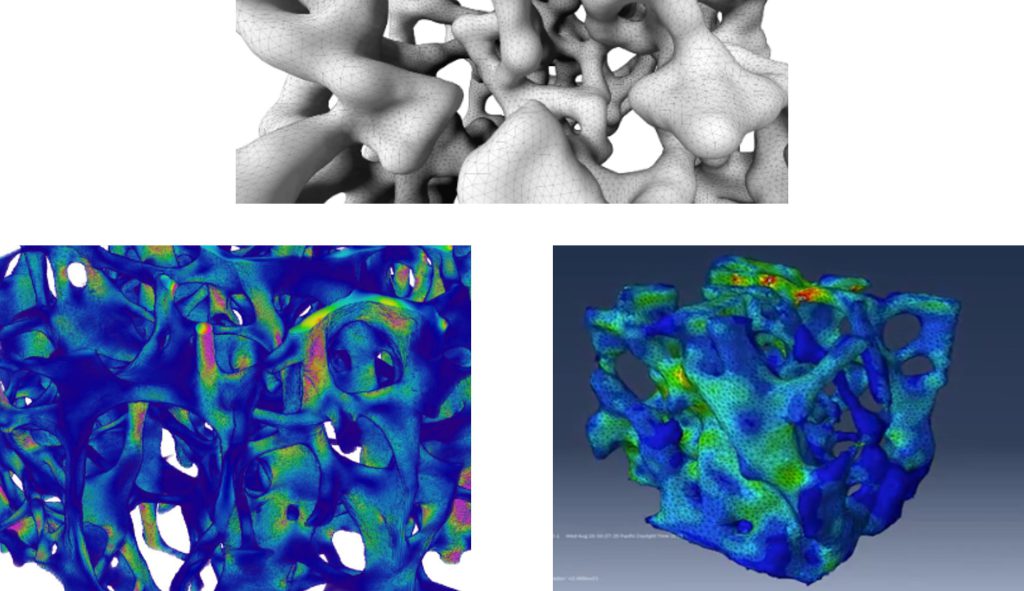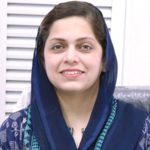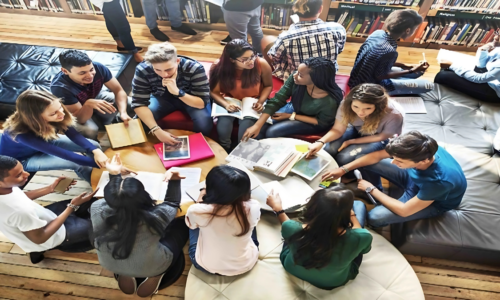The outbreak of 2019 novel coronavirus disease (COVID-19) is a public health alarm. In early December 2019, when a novel coronavirus emerged in Wuhan City (Hubei Province, China) – it flooded the whole world thereafter. In true spirit what we know today about this virus is straightforward – a severe acute respiratory syndrome coronavirus 2 (SARS-CoV-2), which can easily reach the lower respiratory tract. This is the only etiology we comprehend so far. However, the real science under the carpet today include challenges to our bone health after the infection. As Coronavirus infection predominantly affects older people usually, one of the significant features to consider for evaluation in future is its interaction with bone health. Bone health in terms of its weight bearing capabilities, microstructure, internal bone health, motion analysis and strength is a question mark to the scientist these days, especially for the coronavirus -warriors. This forms the basis of this research.
The major theme of this research is to investigate bone health, taking into account changes in Bone Mineralization and Bone Mineral Density (BMD) after contracting coronavirus. There is a likelihood that there exists a strong correlation between Covid-19 and Bone Health. People with problems of Osteoporosis and Arthritis increased two-fold after hospitalization for COVID-19 because of the substantial bone loss [1]. BMD can directly predict ultimate bone loss to determine functional capabilities of bone.
We already understand through established studies that Covid -19 causes bone damage because of systemic inflammation, immobilization, exposure to corticosteroids and vitamin D insufficiency. By incorporating them, NUST can take a lead to understand the weight bearing capabilities of bone for optimal motion analysis and bone strength and be the pioneers in this research.
This study is extremely important in bone mechanics since it has a huge impact on socio economic conditions of Pakistan. According to the estimates, an economic loss of about 10%, i.e. 1.1 trillion PKR, will be observed in the FY 2021 [2]. Certain pandemic impediment measures like lockdowns, social distancing and travel restrictions taken by the Government have been thoroughly analyzed to determine how they impacted the livelihoods of nearly 7.15 million workers. Consequently, a rise of 33.7% of poverty level is projected. Therefore, with current economic crisis, almost inadequate health care system and critical health literacy, a well-managed and coordinated action plan is required for bone health program, which is not otherwise possible. If we do not address the major health alarms special motion control and mobility due to COVID-19, bone’s immobility and unnecessary loss of strength can remain an unsolved challenge. The framework of the expected outcome is shown in figure 1:

The expected simulations will be something similar to as shown in figure (2). Bone is the major weight bearing infrastructure of human body, long bones specially act like beams for support and stability. There is a lot of research already available in the literature that talks about osteoporosis, arthritis and porosity problems of bone, and that kind of research is quite well established. However, ever since after COVID, the aftermath on the mechanics of human bone is not yet mapped quantitatively, neither any research is available to address the same.

Bones are structurally very complex across the length scales and requires, continuous varying forces, to remain functionally fit and active. One of the reasons among many as major contributor towards bone depletion, fatigue and risks in the period of Covid-19 infection – is quarantine. The longer periods staying at home, will put a great peril to bones in terms of mobility. According to the recent research [2], people with muscle pains, bones aches, and fatigue for mobility and control are reported to have intensified symptoms during government lockdowns. When assessments were made as to how many patients managed joint, bone and muscle pain during quarantine and how quarantine restrictions impacted their access to healthcare, bone health depleted many folds. To make matters worse, it’s becoming more apparent that a subset of people who’ve “recovered” from COVID-19 will go on to experience symptoms which will linger even beyond testing negative for the virus. The experts are now therefore searching for answers as to how to control this condition that’s now being termed post-COVID syndrome. No one, to-date, is able to deliver predictive numerical models of bone health after contracting COVID-19 which we are aiming to deliver.
We are hoping to use state-of-the-art methods in Computational Biomechanics and numerical techniques including Finite Element Method, Advanced Image Processing and Computer Aided Engineering to develop Computer models – The computer models which will predict the future bone health. We will start from Imaging, creating high resolution meshes and then numerical analysis to approximately model bone’s functional behavior (Figure 3).

This study can serve as a breakthrough to build computer based musculoskeletal models of human bones, recovered from coronavirus using image-based modeling as well as Anybody Technology© platform. Since we aim to build biomechanical sound computer models of human long bones preferably or irregular bones along with some muscle mass to understand how the pain/fatigue is housed in the human body and can cause prominent changes in the internal geometry of spongy bone. Using numerical method, Finite Elements we expect that Mechanical parameters are believed to guide bones’ adaptive process to mechanical stimuli. For example, strain magnitude, strain rate, strain energy density, and strain gradients which have been associated with large magnitude mechanical signals.
To elaborate this work for future implications, we know that human bones play an important role for motion analysis, control and stability. Over time, it is observed that even the young population is suffering from muscle spasm and fatigue more frequently due to changes in climate and lifestyle. Muscle pain is a feeling, however using sophisticated biomechanical engineering techniques, this can be addressed and magnitudes of forces responsible to cause strains and spasms in the bones can be generated. Many of the symptoms of the coronavirus mimic the typical symptoms of a viral infection or flu syndrome. The underlying health alarms are usually un-addressed. This include muscle aches or myalgias. Typically, when you contact a coronavirus infection, the pain is usually in the muscles rather than in the joints. However, to what extent it is true, needs some research and findings and scientists are still finding answers to such questions. In future, the muscle biology may be taken as a full faithful model to address similar problems.
We aim to take a lead in understating bone mechanics using science of quarantine and lockdowns to understand weight capabilities of bone before and after COVID-19.
The author is a Tenured Associate Professor in the Computational Engineering Department at School of Interdisciplinary Engineering and Sciences (SINES), National University of Sciences and Technology (NUST) and can be reached at zmustansar@sines.nust.edu.pk.
Researcher’s Profile: https://bit.ly/3PwDsEM





